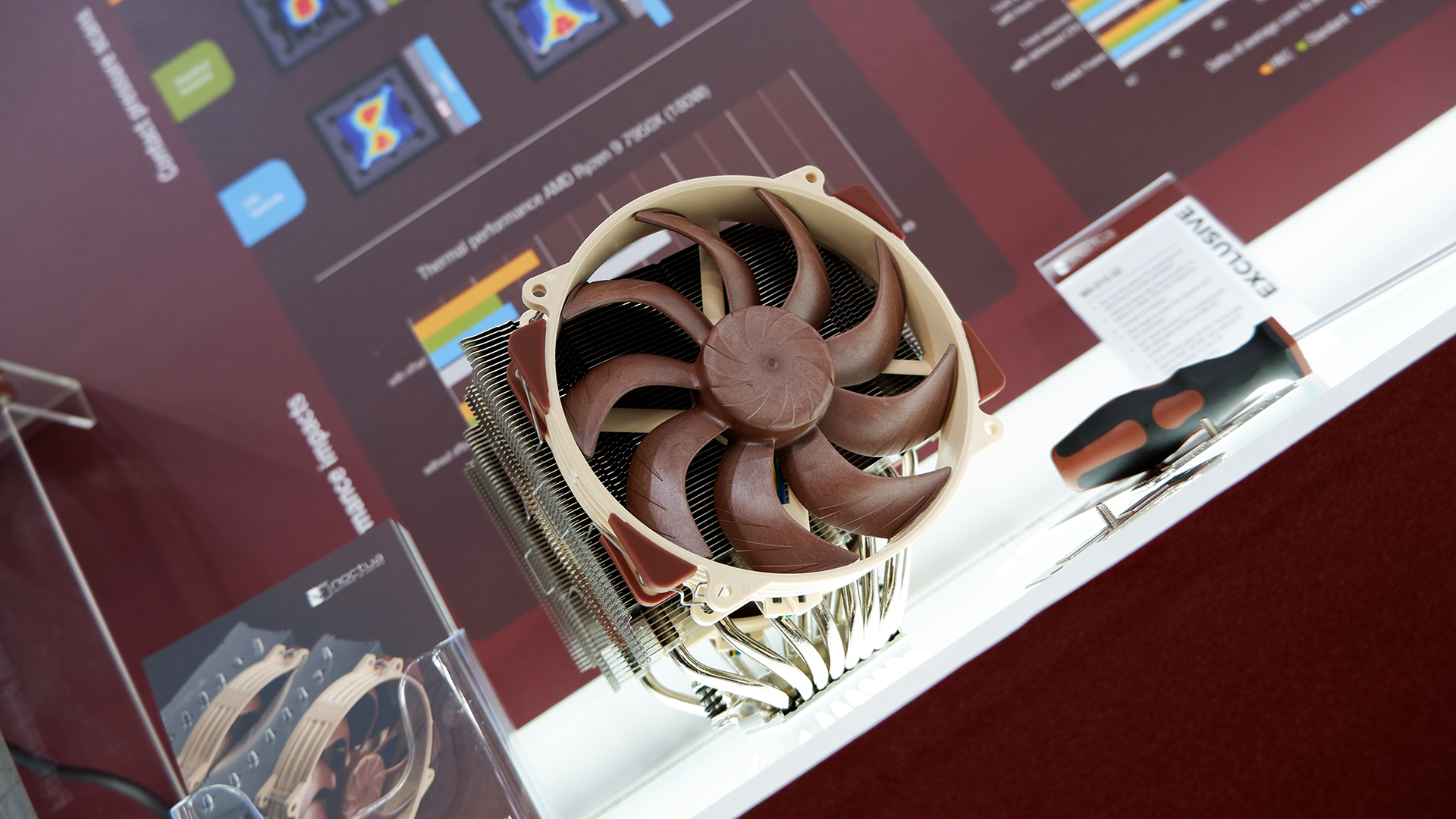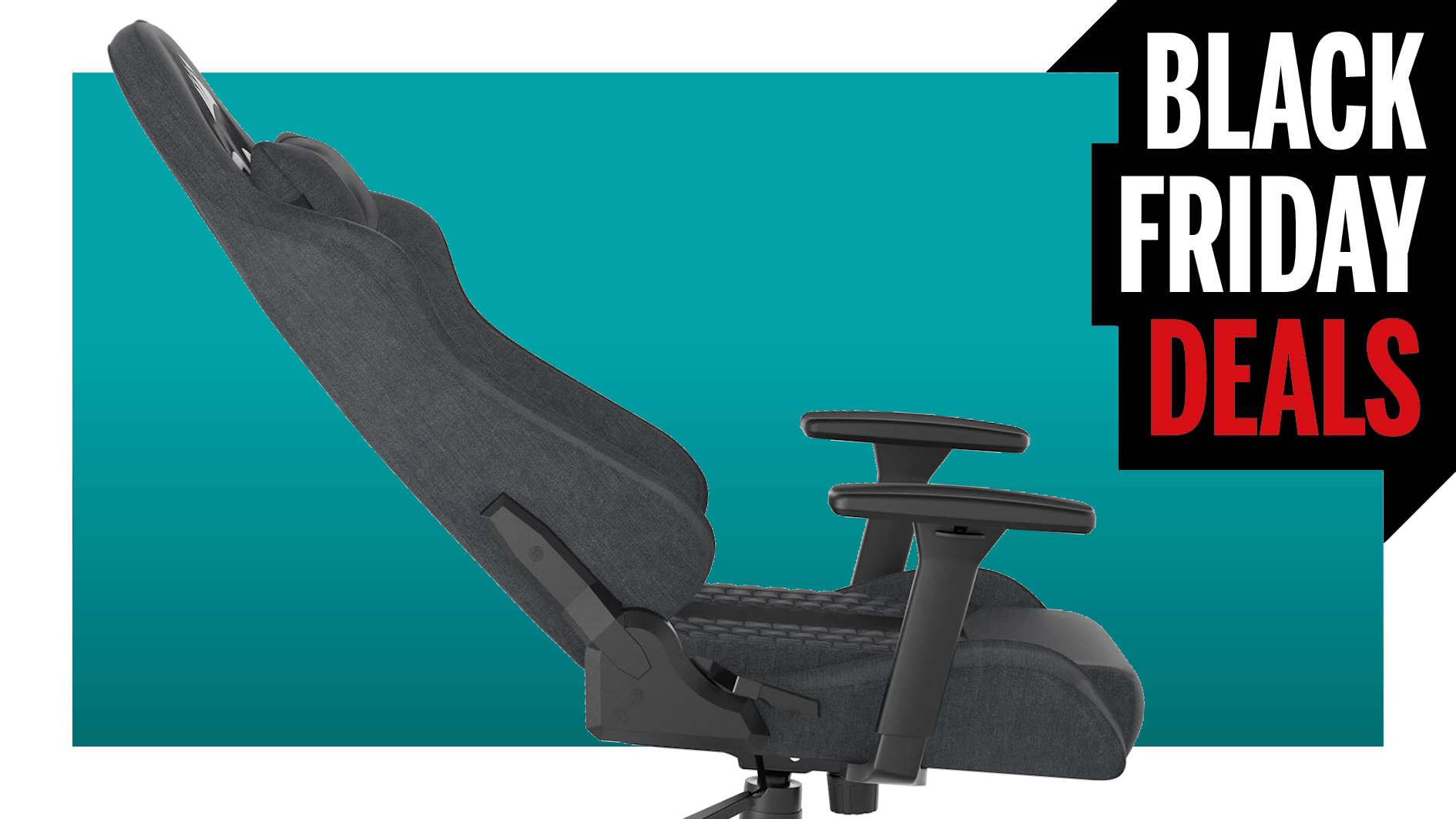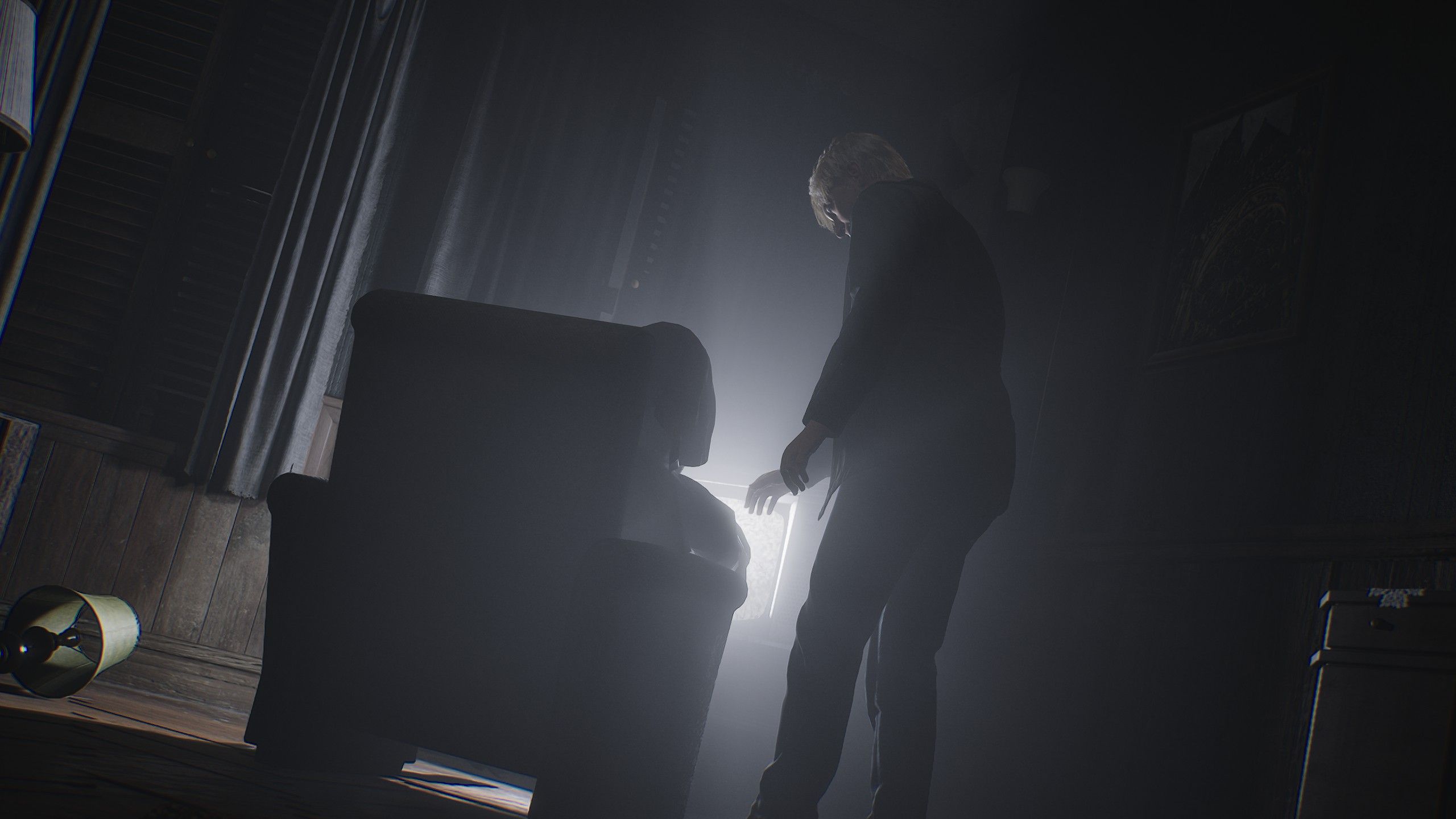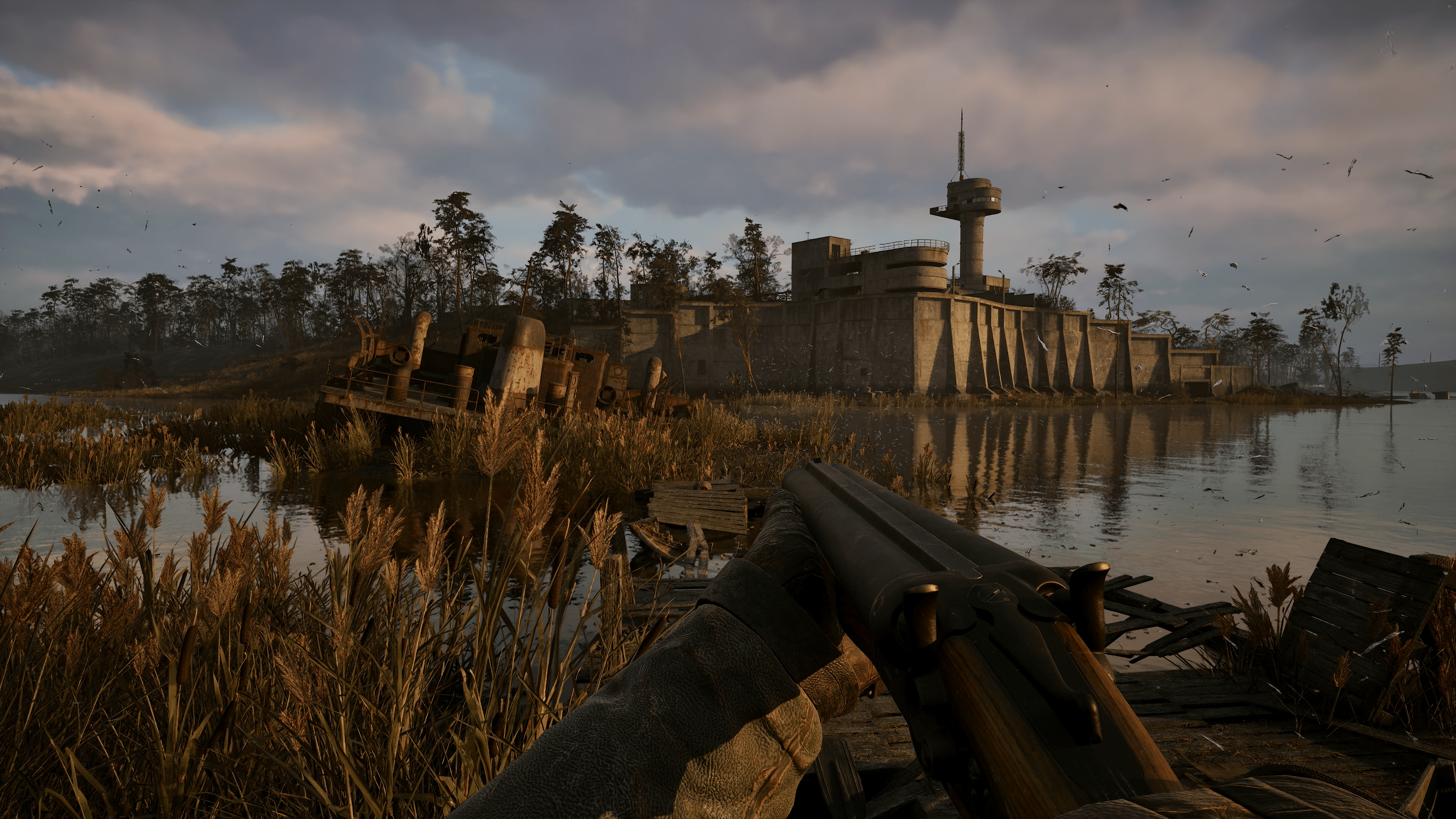
It's happening! It's (probably) happening!
This moment has been a long time coming. Noctua, creator of many of the best PC fans, is making some more. Specifically, the NF-A14x25 G2, which is now set to arrive sometime towards the end of June.
Noctua’s ‘next-gen’ 140mm fan has been teetering on release for months, nay, years. Every time it seemed to be getting somewhere Noctua would give it a kicking in testing and find something wasn’t quite right.
Most recently, a “slight risk of critical deformation” over extended use, which pushed back the release by around six months. Though it was already pushed back by around a year prior, to redesign the frame. It’s also been in development for nearly a decade now.
The fan’s extremely tight tolerances between the blades and frame make any minor movement potentially fatal.
As it turned out, switching out the frame material wasn’t quite the answer Noctua was looking for. That’s actually good news for PC builders, as the proposed switched to an LCP (liquid-crystal polymer) material, the same used on the fan blades and hub, would’ve pretty expensive had it been used everywhere.
“So we instead slightly modified the structure of the frame as such to make it a little bit more rigid. And then we have those fan clips that will put lower stress on the on the fan,” Noctua’s Jakob Dellinger says.
And that means it can commit to making lots of the things.
“We have production in full swing. Units on the ships.”
(Image credit: Future)
Dellinger is keen to point out it’s still an estimated delivery date, but it seems pretty much a done deal.
There are slightly different dates depending on the frame you’re after, however. The NF-A14x25 G2 with a round frame is coming first, in June, and it’ll be followed by the more traditional square format in September. This had some separate issues around radiator mounting pressure that have been solved now, but took a little longer to sort.
A 120mm fan and cooler will probably arrive in Q1 next year. (Image credit: Future)
The Chromax.black version won’t be finalised until Q1 2025—that requires individual validation before it gets the go-ahead. The traditional brown and beige version will be your best bet for a while.
If all you care about is performance, then Noctua says you should be able to push around 30% more airflow around a case with this fan, depending on the exact case. Though that can also be traded in for a reduction in noise—perhaps two or three decibels at a slower RPM.
(Image credit: Noctua)
Lastly, on the fans, there is a 120 mm version coming. It hasn’t been officially named yet, but I’m going to guess it’ll be called the NF-A12x25 G2. It’s scheduled to arrive in Q1 2025.
Noctua’s next-gen CPU cooler: NH-D15 G2
(Image credit: Future)
Not only are individual fans coming our way, Noctua is focusing more on the launch of its new air cooler, the NH-D15 G2.
The NH-D15 G2 is a CPU cooler with a twin-fan, twin-tower design. It comes with two of the new NF-A14x25 G2, of course, but also eight heatpipes (as opposed to six on the previous version), a modified offset design, and choice of three different versions. Also thermal paste and shim washers for LGA 1700.
The three versions of the NH-D15 G2 are:
NH-D15 G2NH-D15 G2 LBC (Low Base Convexity)NH-D15 G2 HBC (High Base Convexity)
The reason for these options being that Noctua has taken note of how some CPUs are prone to deformation over time. Most notably, Intel CPUs using the LGA 1700 socket. There are ways to prevent this deformation, but if you weren’t keen enough to install a contact frame or washers on your motherboard at the very beginning, ideally before you ever socketed your chip, you’re likely to now have a slightly warped CPU.
This warping can affect thermal performance. You can see how in the images below, showing performance for one Intel and one AMD chip and where the mounting pressure is being placed by the cooler.
(Image credit: Noctua)
(Image credit: Noctua)
(Image credit: Noctua)
Ideally, you want mounting pressure central to where the die is on the chip—for Intel that’s right in the middle, but for AMD it’s actually offset a little. Hence why Noctua provides an offset mounting bracket for AMD.
The good news for anyone with a bent Intel chip is the NH-D15 G2 HBC is designed to offer better coverage with these.
“That’s where the HPC the high base convexity version steps in. It just better conforms to the concave shape of the integral heat spreader with full island pressure to get better performance out of it,” Dellinger says.
The standard model should work pretty well, too, providing you install the included shim washers. Also it’s great for modern AMD chips.
“The standard version is going to be the same base convexity as all other cores are and that means you get excellent contact on AM5 if you use the offset mounting to shift the pressure point over the CCDs.”
The LBC model offers pretty great performance out of the box on AM5, though the standard model with the offset mounting comes out on top.
If in doubt, go for the standard, then.
(Image credit: Future)
(Image credit: Jacob Ridley)
Catch up with Computex 2024: We’re on the ground at Taiwan’s biggest tech show to see what Nvidia, AMD, Intel, Asus, Gigabyte, MSI and more have to show.
The other interesting tidbit from my time at the Noctua booth, and I promise this is the last one, is how the company is trying to avoid excess noise by running the two fans within the NH-D15 G2 and twin-packs of NF-A14x25 G2 fans at slightly different speeds.
“If you have two signals very close to each other in frequency, you can end up with a phenomena called beat frequencies, which can be perceived as a periodic humming.
“So what we’re doing is offsetting the fans on the cooler, but also in dual packs we will sell, by 50 rpm. So one is 25 faster, one is 25 slower. And this way, we’re creating a beat frequency that’s much faster and the faster the frequency is, the less perceptible it becomes.”
I’m once again very impressed with the level of detail Noctua is willing to brief for its new products. We’re not at a loss for information on why this cooler and the next-gen fans are good. It’ll be even better once we (I) get our (my) hands on this cooler for testing.





